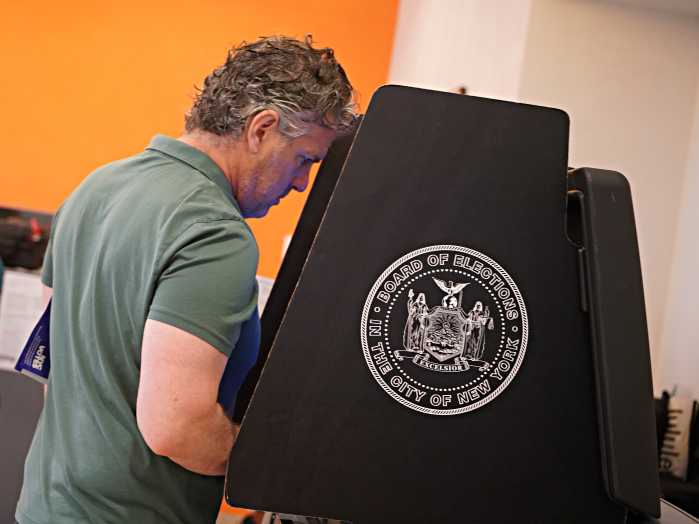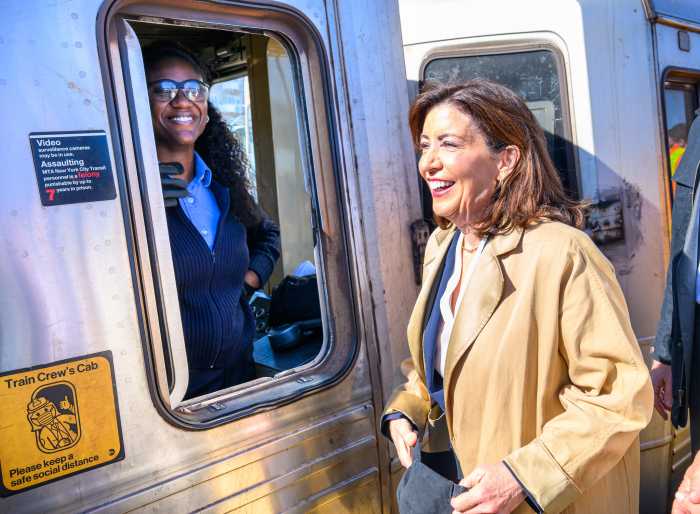Disapproving of white urban liberals can be a career for right-leaning sociologists. A decade or two ago, their story was that the American future lay in fast-growing exurban counties, with their cheap land and virtuous Republican voters.
Now that many American cities have become the hot place for jobs and ambitions, the story has to be rewritten.
“Are cities without children sustainable?” ask Joel Kotkin and Ali Modarres in the culturally conservative City Journal, a national urban policy magazine.
The answer is easy: Of course they are. Children don’t sustain cities. Adults sustain cities — and suburbs and farms.
The article — “The Childless City: It’s hip, it’s entertaining — but where are the families?” — includes a photo of an orgiastic party at a New York City nightclub, attended by the casts of “The Real World” and “Jersey Shore.” Right, as if nobody’s getting up at 6 a.m. to put in a long day at the office.
One doesn’t have to read too deeply into such articles to find the agenda. They portray urban liberals — obsessing on the white ones — as immature, anti-child and self-celebrating. This offers the balm of moral superiority for conservatives vexed to see so many Americans finding economic success amid a progressive worldview.
The city has become an entertainment machine, say the authors, “a system built for the newly liberated individual.”
I have no problem with newly liberated individuals, as long as they pay their taxes. Their mode of recreation is their business. More to the point, these newly liberated individuals are hardly an invention of the city’s new “self-celebrating” creative class. Holly Golightly was a creature of the 1940s. There were no children and there was much partying in “Breakfast at Tiffany’s.”
A point of concern for meddling cultural conservatives with degrees in social engineering is falling fertility rates. This trend has visited nearly every corner of the Earth, but Kotkin and Modarres find it especially troubling in our largest, densest urban areas.
They no longer provide the things “families need,” such as more housing space. Of course, large houses with spacious backyards are hard to find, much less afford, in the big city. Why would you expect them in urban America any more than you’d expect palm trees in Minneapolis?
One might also question the “need” for more square footage, a hangover from the McMansion era, as well as the land obsession.
It’s time to mention the law of supply and demand. A lot of people want to live in Manhattan and Brooklyn, which is why real estate is expensive there. The amount of land can’t grow.
Housing is much cheaper in the big and also culturally rich Texas cities — Dallas, San Antonio, Houston, Austin — largely because they are surrounded by big open country. (They, too, have growing hipster neighborhoods dominated by unmarried and/or childless fun-lovers.)
The biggest flaw in “The Childless City” is that it’s not true. The number of white married couples with children younger than 6 in New York City has risen 11 percent over the past decade. The biggest increases came in the gentrifying neighborhoods of Brooklyn and Manhattan.
Kotkin and Modarres should be sentenced to standing in the middle of a Broadway sidewalk on the Upper West Side, as the baby carriages plow their way to the farmers market. Hic sunt liberals, as the Romans would have put it. Here be liberals.
Self-celebrating? Perhaps. But also reproducing. That could be bad news for conservatives, who often associate place of birth with future political leanings.
But no news need be really bad when you can make your own.
Froma Harrop is a syndicated columnist. She can be reached at fharrop@gmail.com.




































